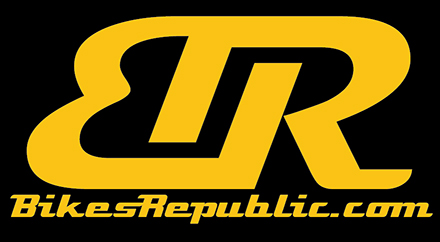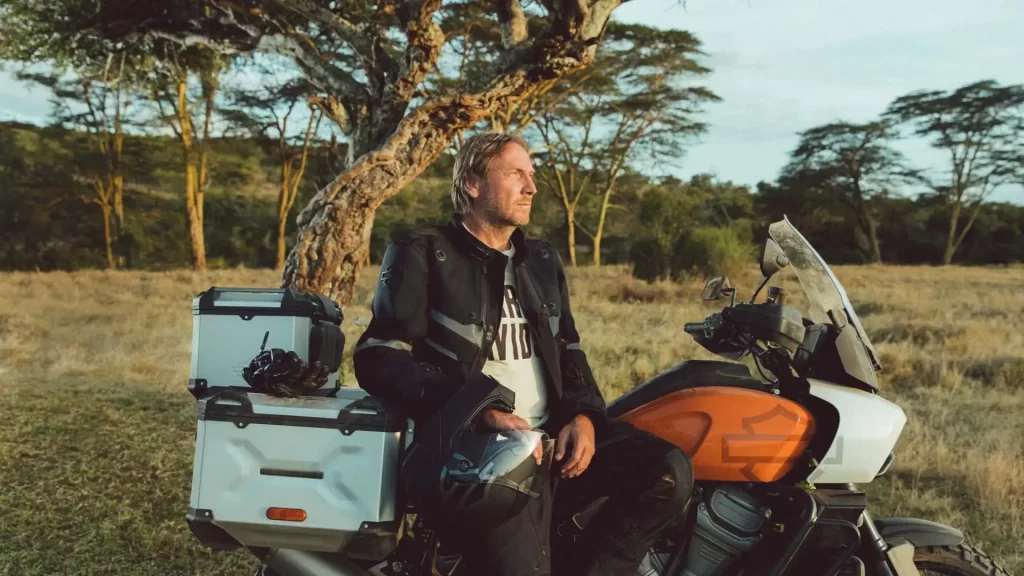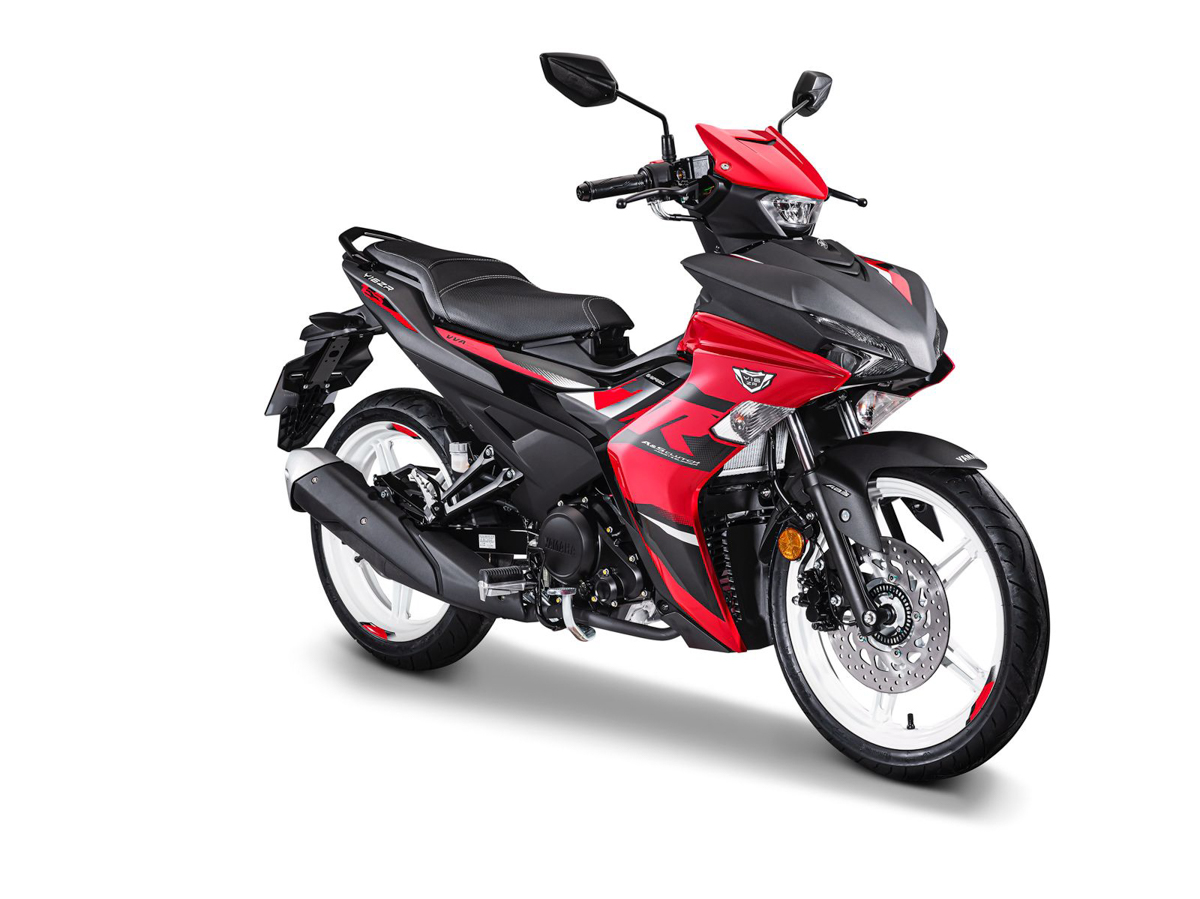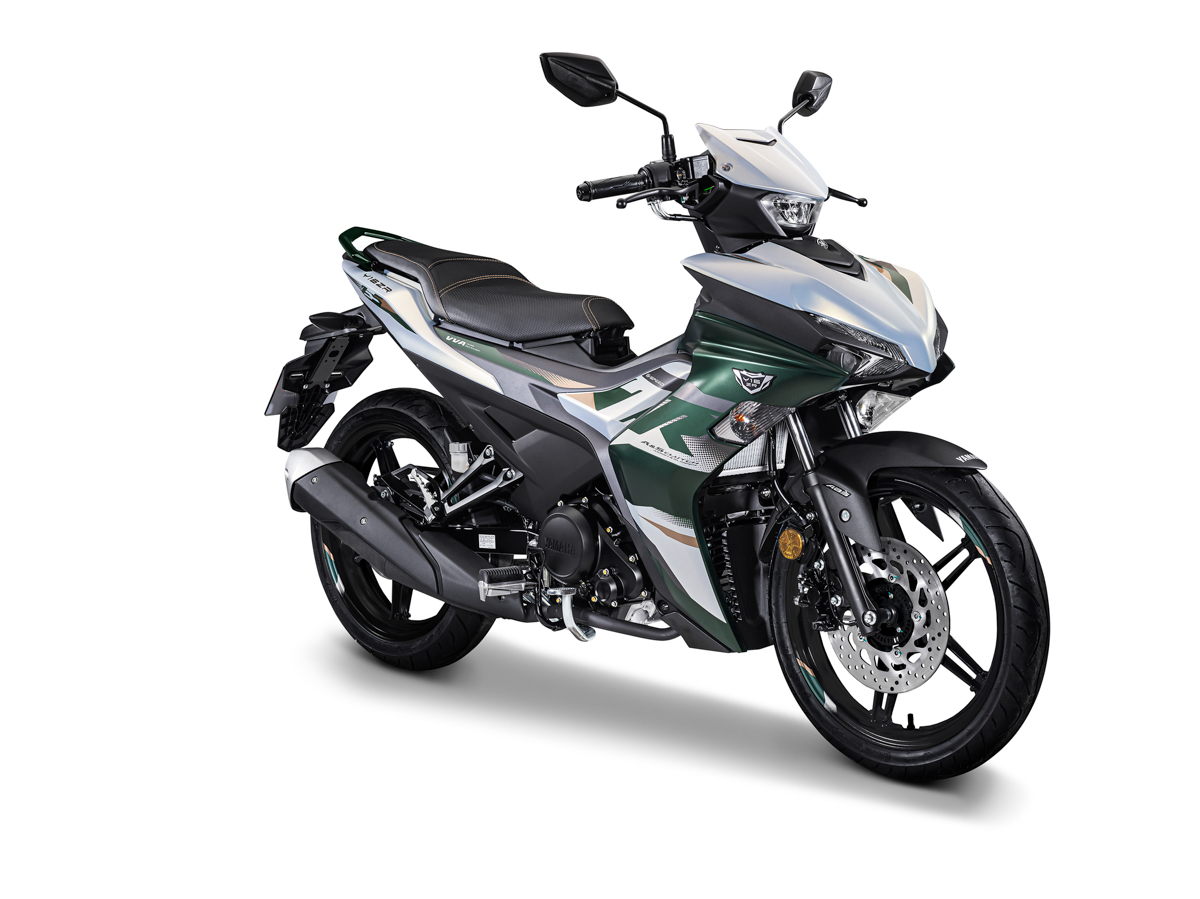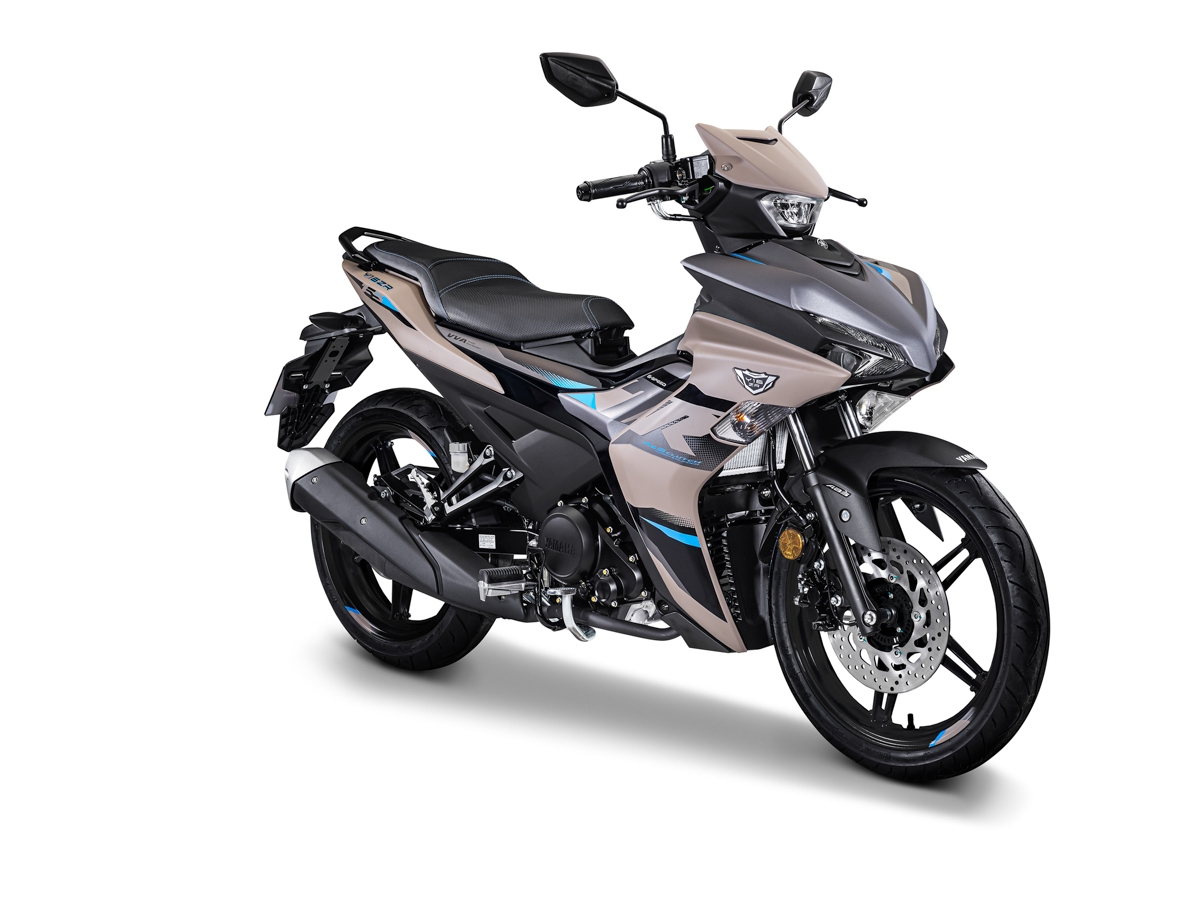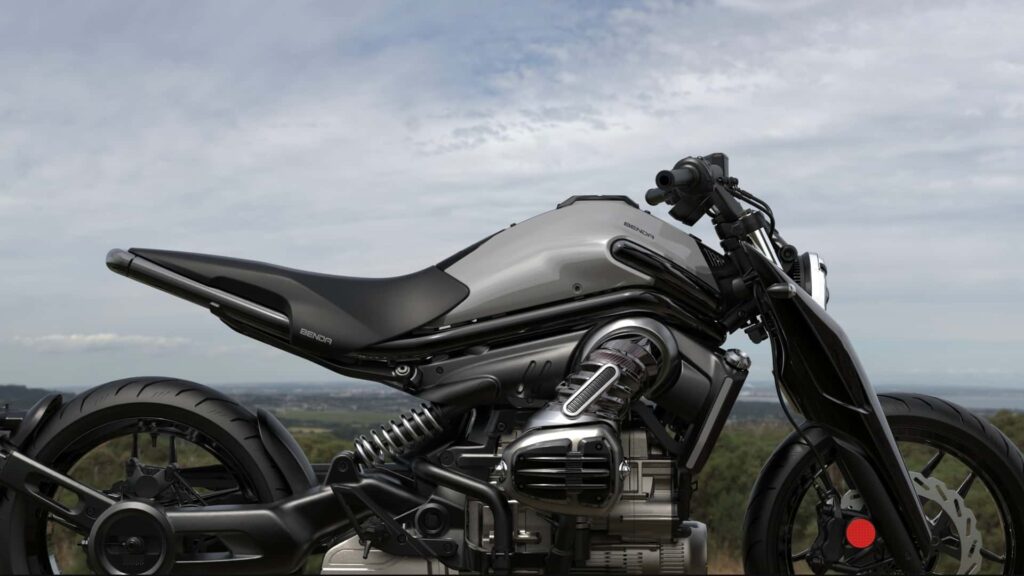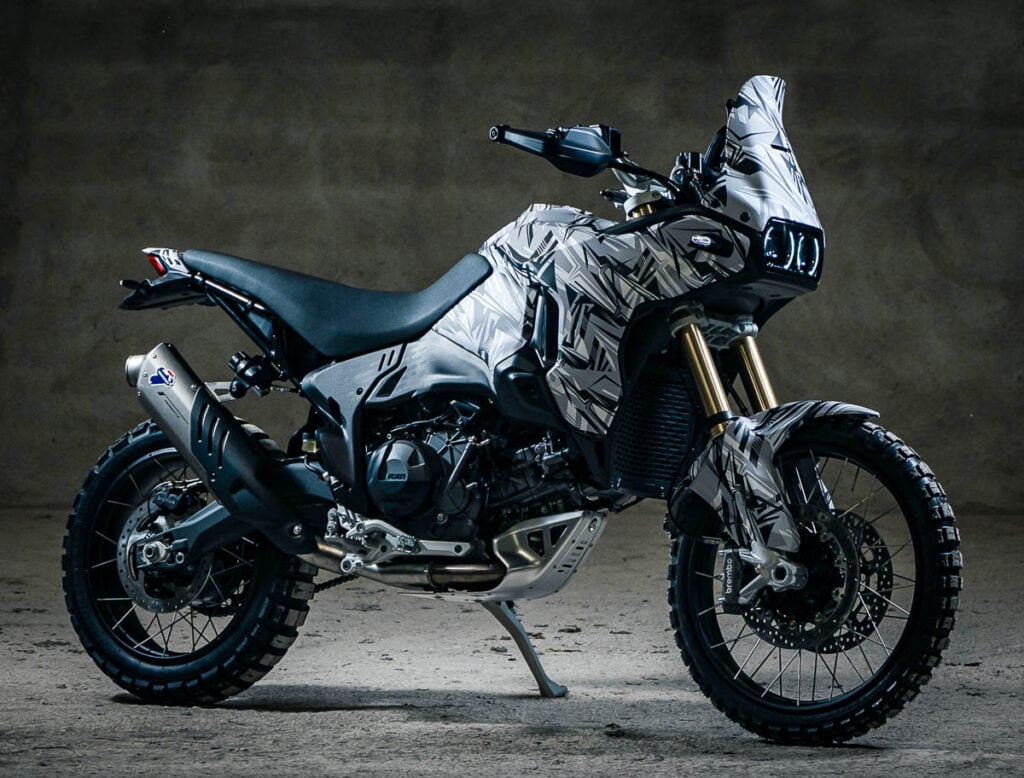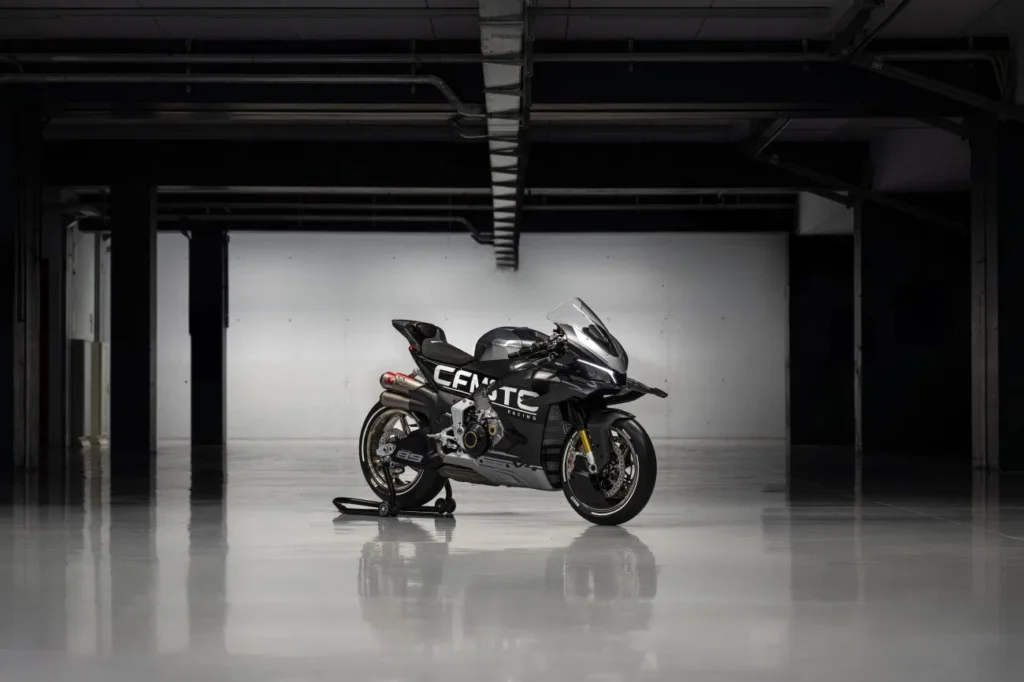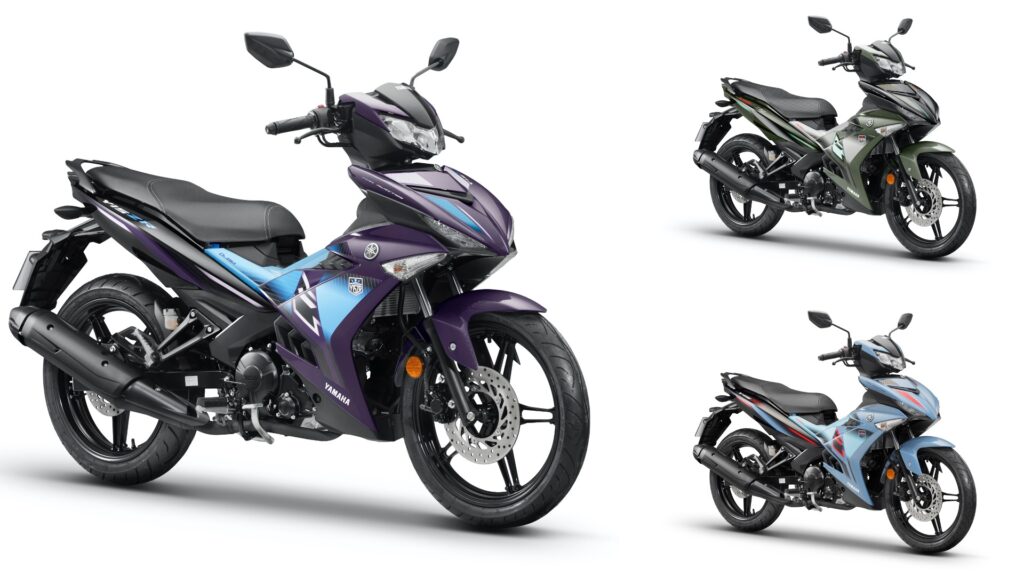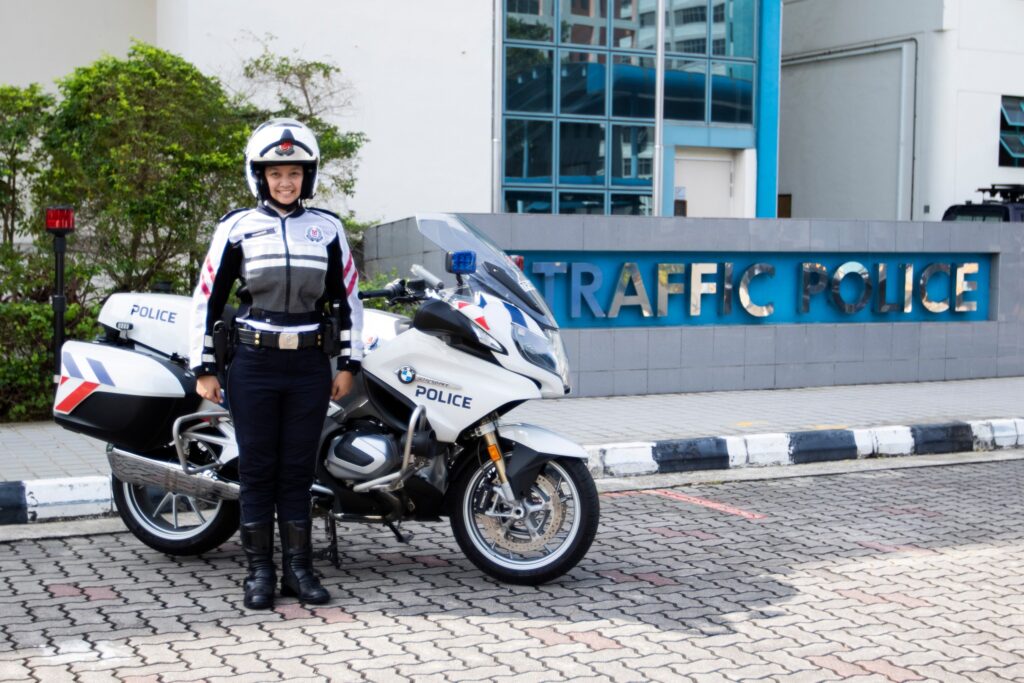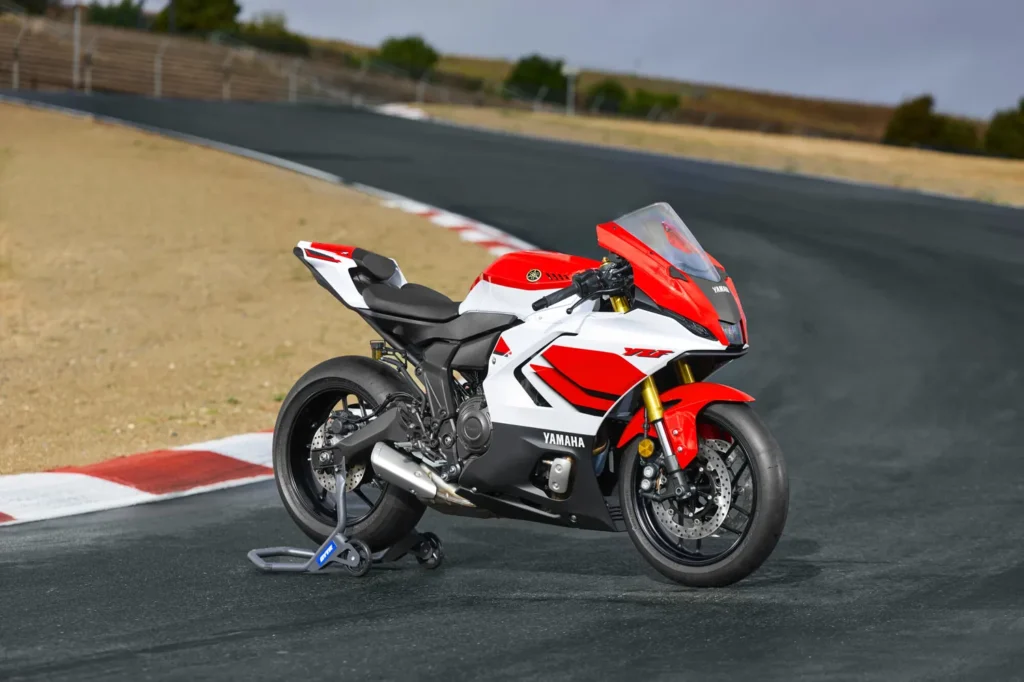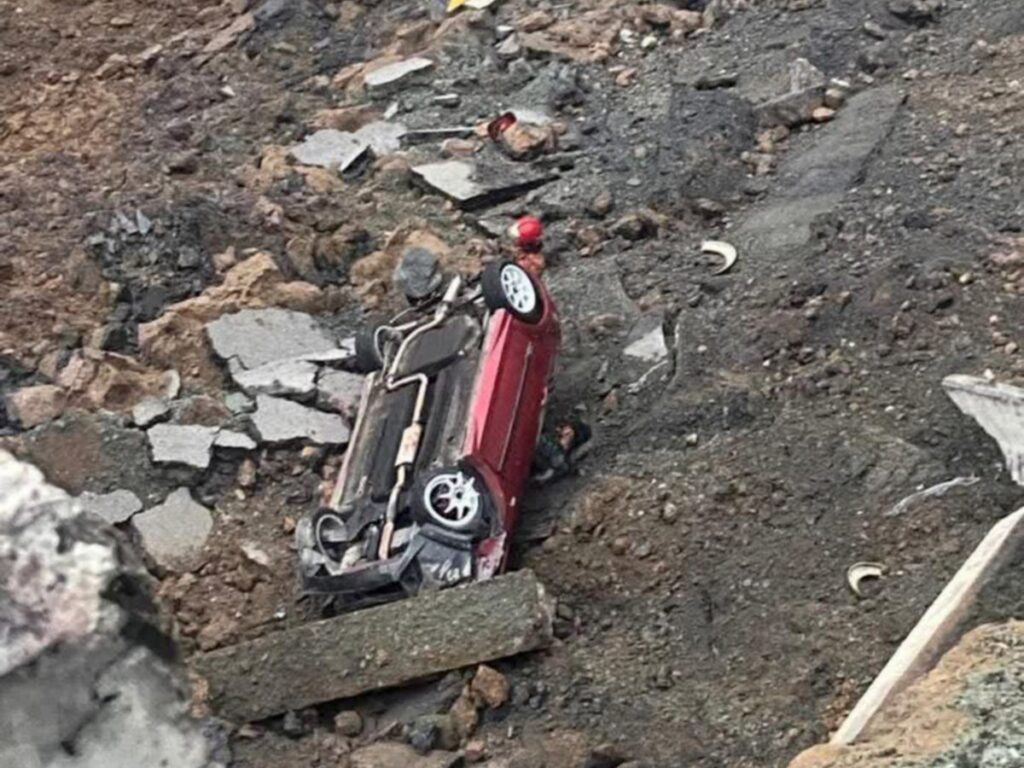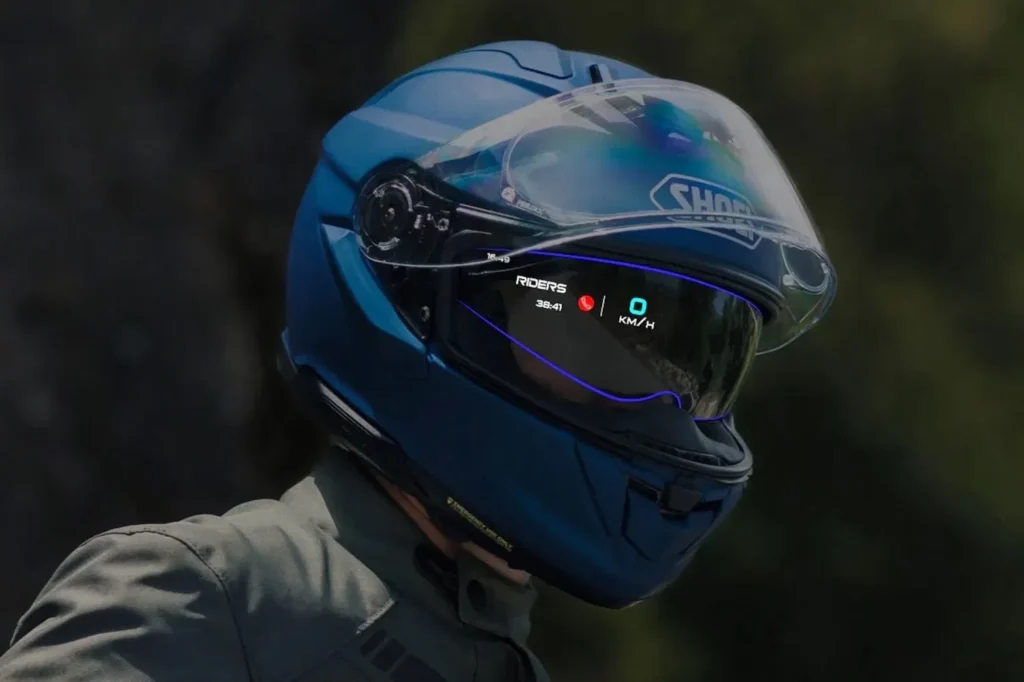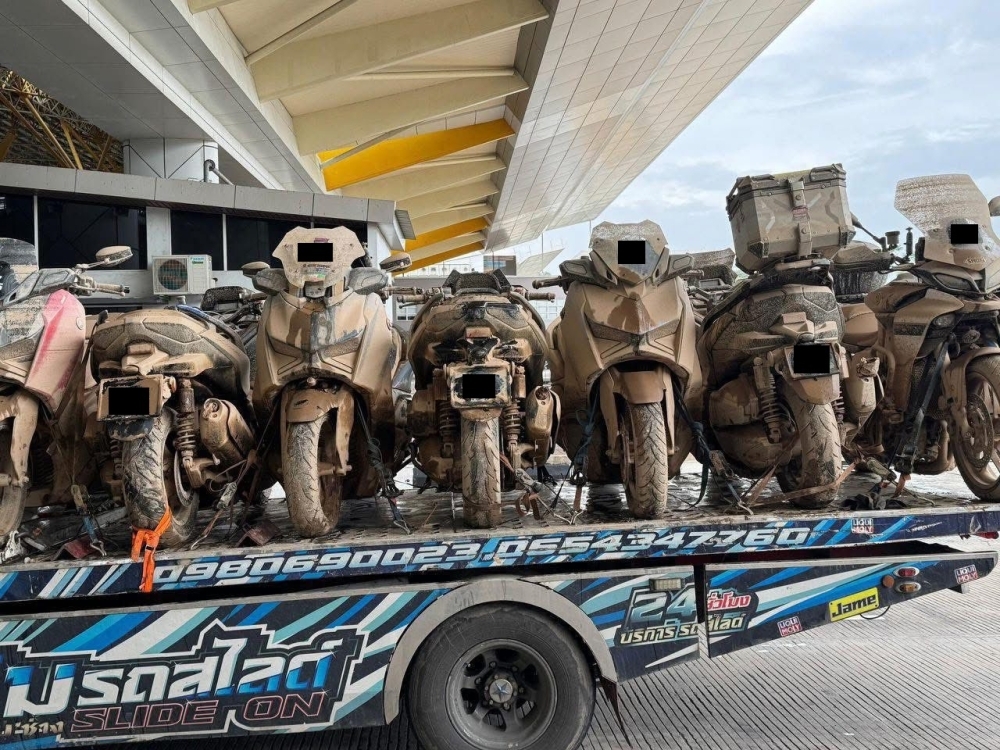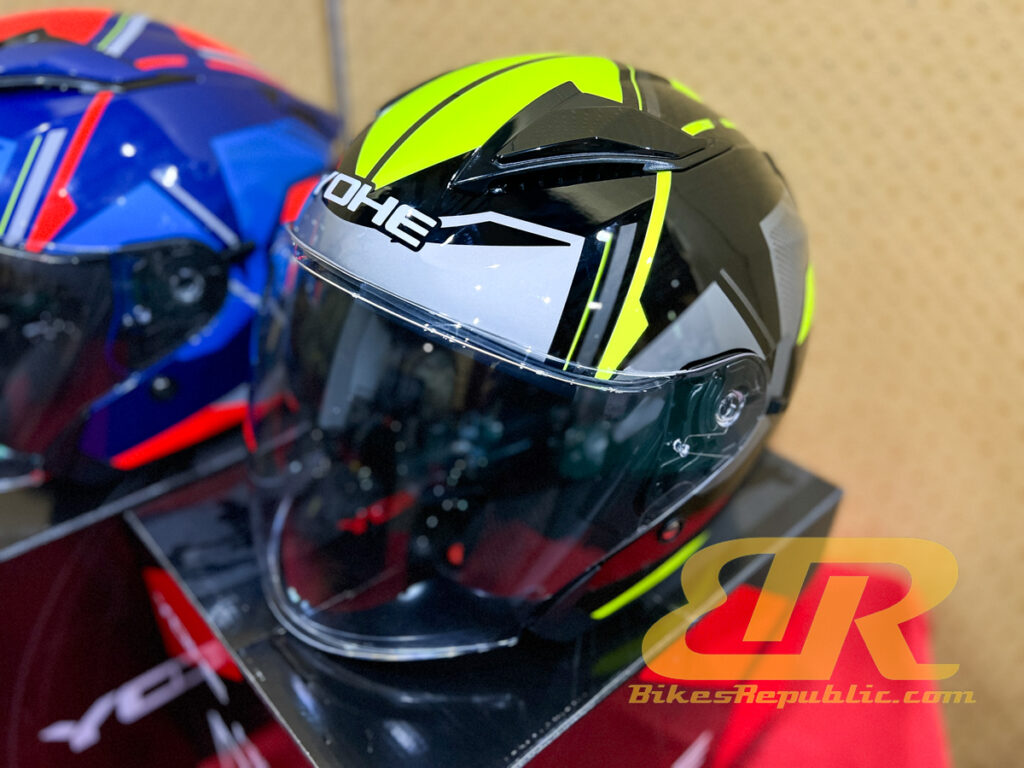The Honda NC750X has won the 2025 Red Dot Design Award, in the Product Design category.
Honda has a great record at the awards, by winning consecutively since 1997. In recent times, the Transalp 750 and CB750 Hornet won it in 2023, followed by the EM1 e electric scooter in 2024, and now the NC750X this year.
The NC750X is part of Honda’s 750cc platform: The Transalp 750 is the adventure variant, CB750 Hornet being the naked, and this being the sport-tourer. All variants are powered by a 745cc, SOHC, 8-valve, parallel-twin engine which produces 90.6 hp at 9,500 RPM and 74.4 Nm of torque at 7,000 RPM.
From the Boon Siew Honda Press Release
The NC750X crossover model combines the fun of touring with ease of use in everyday
situations such as commuting. It has been well received by a wide range of customers for its
in-line 2-cylinder 745cc engine with powerful torque characteristics for easy handling and
excellent fuel economy, low center of gravity packaging for easy handling, and user-friendly
luggage storage.
Sharp and powerful design and an adventure-style exterior raise the rider’s expectations.
Its fairing is made of plant-derived bioplastic and recycled materials, a world-first for a motorcycle exterior components, and the elimination of paint reduces CO2 emissions. While reducing environmental impact, it also delivers vibrant colors and exceptional design.
Toshinobu Minami, Managing Director, Chief Operating Officer, Design Center, Honda R&D Co., Ltd. said, “We are very honoured to receive the Red Dot Design Award for the sixth consecutive year, and this year, we also received the iF Design Award. We believe that this is the result of people resonating with Honda Design’s passion of ‘designs that enrich the lives of our customers through experiences and products resulting from a human-centric approach’. Honda will continue to create new values that surprise and inspire people, and provide the joy of expanding their life’s potential.”
